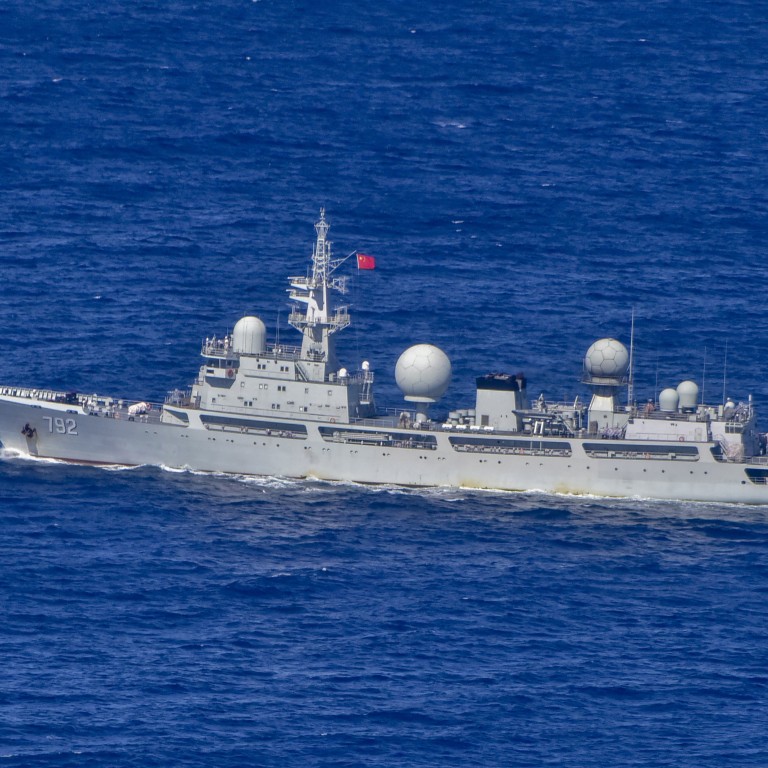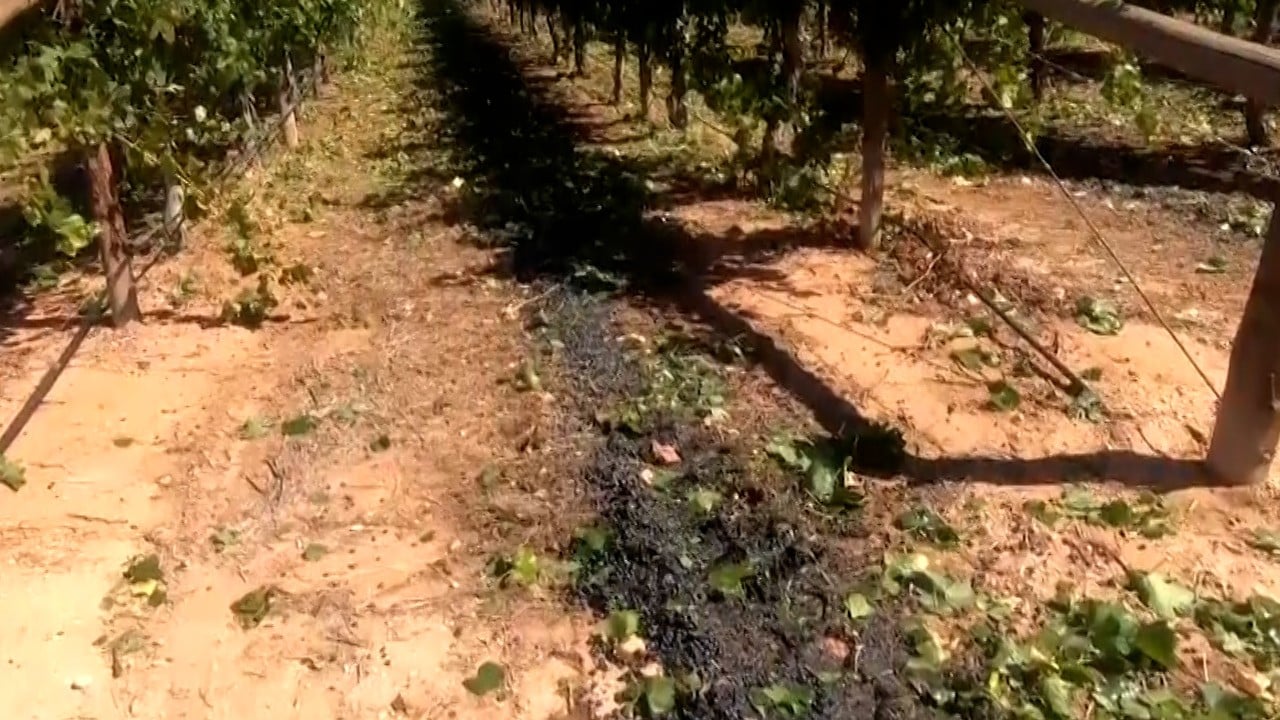
Chinese spy ship spotted off Australian coast could collect intel on US warships in the region: experts
- Type 815 ship’s radar aperture can receive frequencies and spectra from warships at long distances, data crucial for electromagnetic warfare: naval observer
- PLA more interested in Exmouth facility since US-Australian military cooperation was boosted under Aukus agreement, says Chinese military WeChat
The Type 815 Dongdiao-class auxiliary general intelligence (AGI) ship Neptune, or Haiwangxing in Chinese, is a new advanced electromagnetic reconnaissance vessel equipped with highly sensitive equipment to deter electronic signals of warships in the region, military experts said.
“The latest visit is a revisit of the PLA Type 815 AGI to Australian waters, implying the PLA has taken tours to the waters as regular missions, as Beijing may take Canberra as a potential rival given the clout of Aukus and the Quad,” said Lu Li-shih, a former instructor at Taiwan’s Naval Academy in Kaohsiung.
After the Exmouth stop, the PLA spy ship then apparently changed course and headed east along the coast towards Darwin in the Northern Territory, where the US has military permanently stationed, according to a report published by The War Zone, an American military website, on Friday.
The China-Solomon Islands security pact and why it has raised alarm
“Nowadays we are all talking about all-domain operations involving land, sea, air, space, cyber and the electromagnetic spectrum, with the Type 815 spy ship playing a key role in electromagnetic warfare,” Lu said.
“The radar aperture on the Type 815 spy ship is able to receive a variety of different frequencies and spectra released by Australian and American warships in long distances that could become important data for electromagnetic warfare.”
Zhou Chenming, a researcher from the Yuan Wang military science and technology think tank, confirmed that all the radar systems and equipment on the Type 815 were more sophisticated than normal military devices, with the main task of the vessels to track the trajectory of rockets when China launches carrier rockets into space.
“As the advanced systems to track and send data for flying carrier rockets, the ship is mainly used for finding the specific location at sea for falling rocket wreckages for recycling, but is also good at detecting hypersonic missiles,” Zhou said.
He said Australia might be overreacting because Canberra did not have any hypersonic missiles.
However, an article posted by Asiavikin on a Chinese military WeChat account on Monday said Beijing had been “more interested in the stuff and assets at the Exmouth communications station since Australia has further stepped up its collusion with the US under the Aukus agreement”.
Chinese smart satellite tracks US aircraft carrier in real time: researchers
The article said the US military had set up 13 antenna towers at the Exmouth communications station, with one a very low frequency (VLF) system. The Americans reportedly did not only use the systems for naval communication, but since 2014 had also monitored Chinese satellites in lower orbits after moving a radar system from the Caribbean area to the area.
VLF can penetrate water and a digital signal can communicate with submerged submarines.



